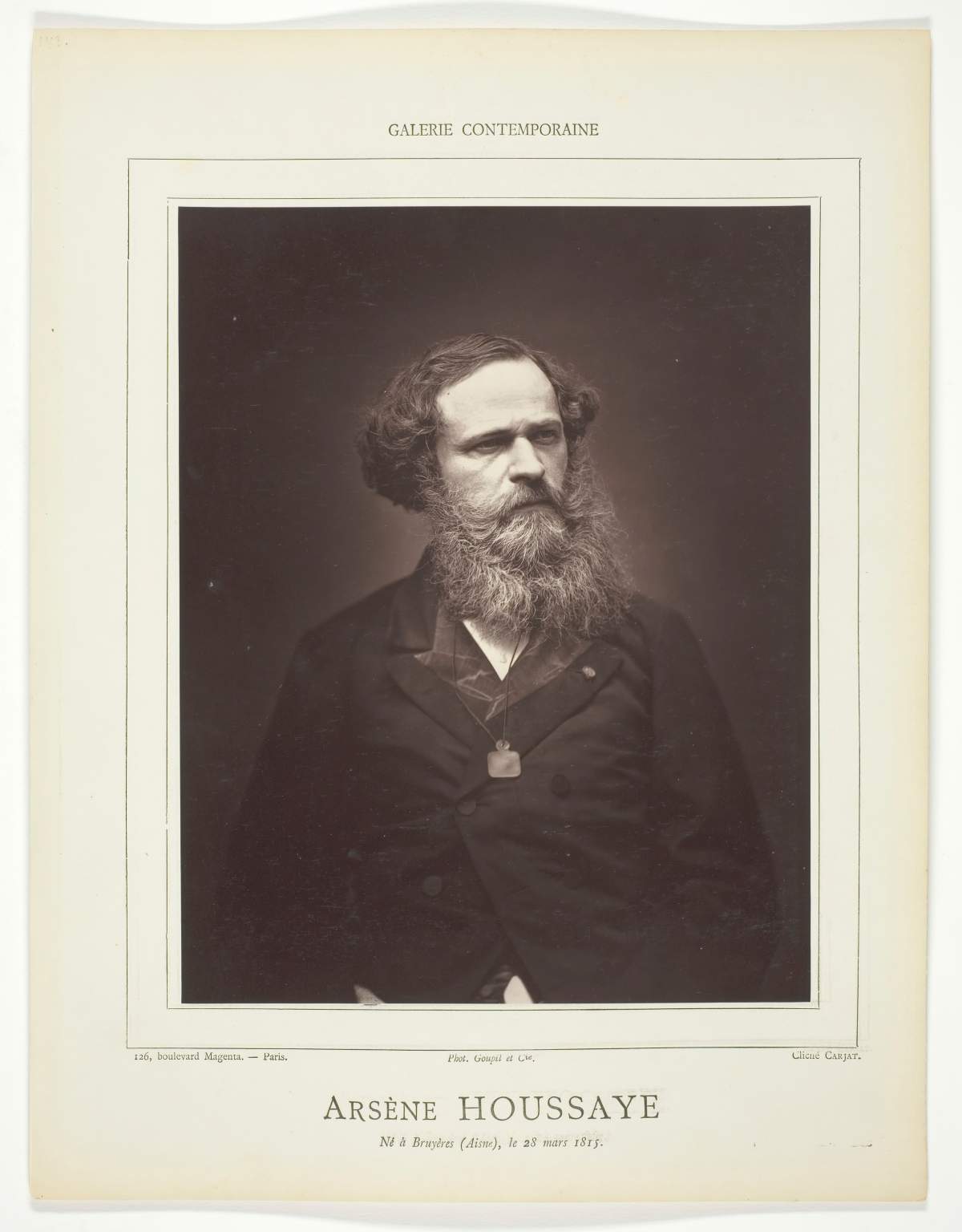NOTE: The following article contains content that some might find disturbing. Please read at your own discretion.

Harvard University’s Houghton Library houses thousands of books, but none more infamous than Des Destinées de l’Ame (translated: Destinies of the Soul), which is bound with human skin.
The 19th-century text by Arsène Houssaye has been in Harvard’s possession since the 1930s, but the grim discovery of the book’s binding was only confirmed after testing in 2014.
On Wednesday, the Harvard Library announced it has removed the human binding “due to the ethically fraught nature of the book’s origins and subsequent history.”
The book was bound using stolen skin from a deceased, female medical patient who did not give consent.
Harvard said it is now working to research the patient and is also collaborating with authorities at the university and in France “to determine a final respectful disposition of these human remains.”
While acknowledging that Harvard did not meet its ethical standards concerning the keeping of Des Destinées de l’Ame, the school said the text was made available to anyone who requested it, up until “relatively recently.”
Harvard also cited “library lore” which suggests decades earlier the book was used in hazing rituals for student employees. The unsuspecting student would reportedly be asked to retrieve the book without knowledge that is bound with human remains.

Get daily National news
“Harvard Library acknowledges past failures in its stewardship of the book that further objectified and compromised the dignity of the human being whose remains were used for its binding,” the institution wrote. “We apologize to those adversely affected by these actions.”
For now, Harvard said the human skin binding has been placed in “respectful temporary storage.”
Who bound Des Destinées de l’Ame in human skin?
Harvard’s copy of Des Destinées de l’Ame has been the subject of intense scrutiny and debate for decades, but especially since the binding was confirmed to be human skin almost 10 years ago.
The text by Houssaye was written in the mid-1880s and is a lengthy meditation about death and the human soul.
The book was first owned by French physician and bibliophile Dr. Ludovic Bouland, who reportedly bound the book using human skin from a deceased patient at a hospital where he worked. Houssaye is said to have given Dr. Bouland the copy of Des Destinées de l’Ame personally, prior to its binding with human remains.
Dr. Bouland went so far as to even leave a note inside the book that declared the cover should never be embossed or stamped to “preserve its elegance.”
“I had kept this piece of human skin taken from the back of a woman,” the note reads. “A book about the human soul deserved to have a human covering.”
Dr. Bouland also wrote about how the skin was processed and treated so that it could become a leather-like binding.
The book was brought to Harvard in 1934 by John B. Stetson, an American diplomat.
This copy of Des Destinées de l’Ame is not the only book to have ever been bound using human skin. There’s even a term for the practice, called anthropodermic bibliopegy, which is rare but has been observed as early as the 16th Century.
The since-stripped copy of Houssaye’s work is believed to be the only one bound in human skin at Harvard.
The university made the decision to remove the human skin binding as part of recommendations from the Report of the Harvard University Steering Committee on Human Remains in University Museum Collections.
The recommendations, made in 2022, came amid reports that Harvard possessed an extensive collection of human remains in the institution’s museum. Among the remains, it was reported there were at least 19 individuals who were likely enslaved and almost 7,000 Indigenous people.
The committee urged Harvard to return the remains to familial descendants, or descendants’ community if ancestry is unclear.









Comments